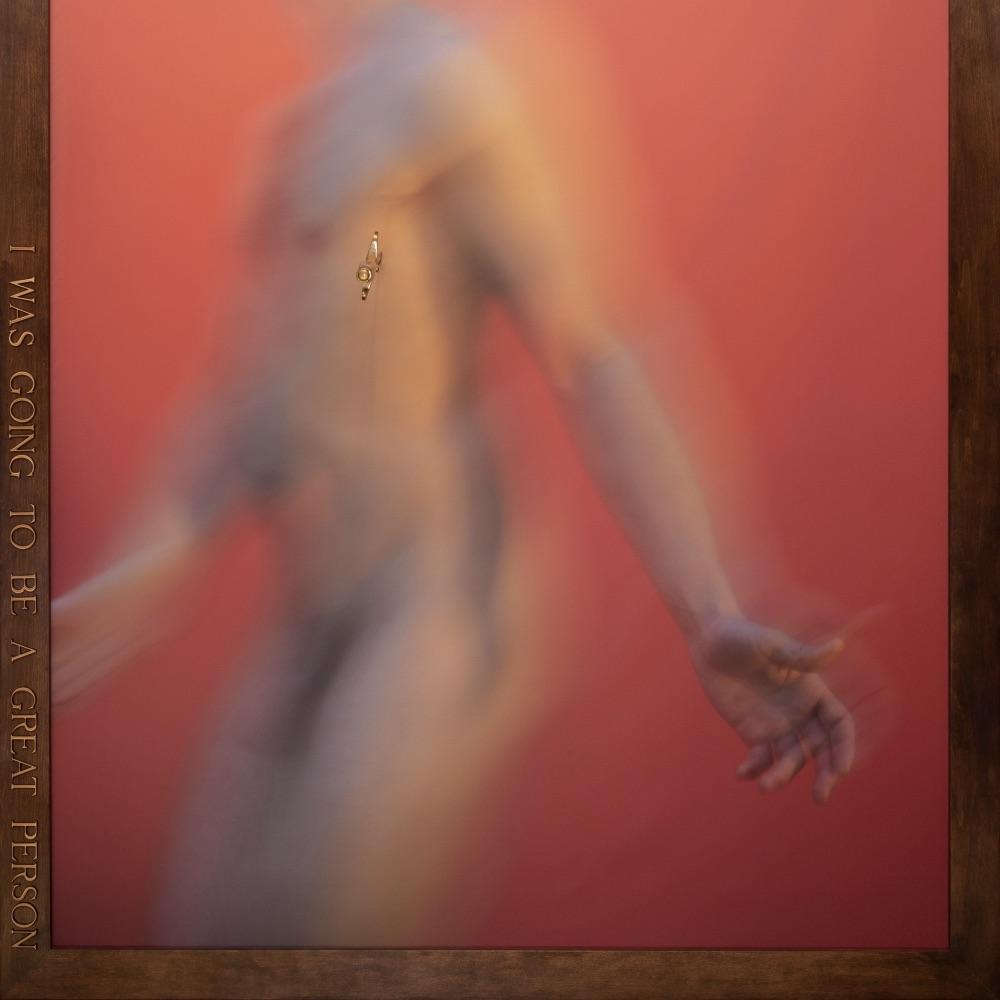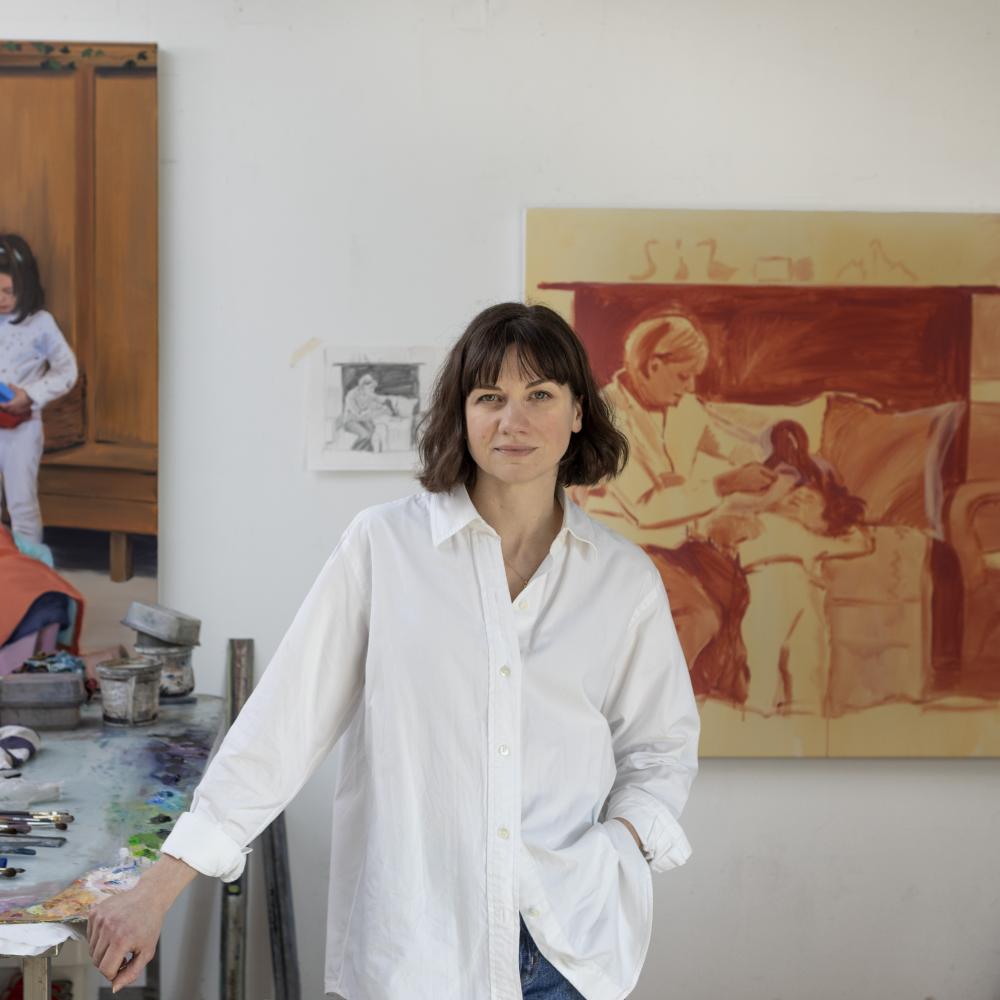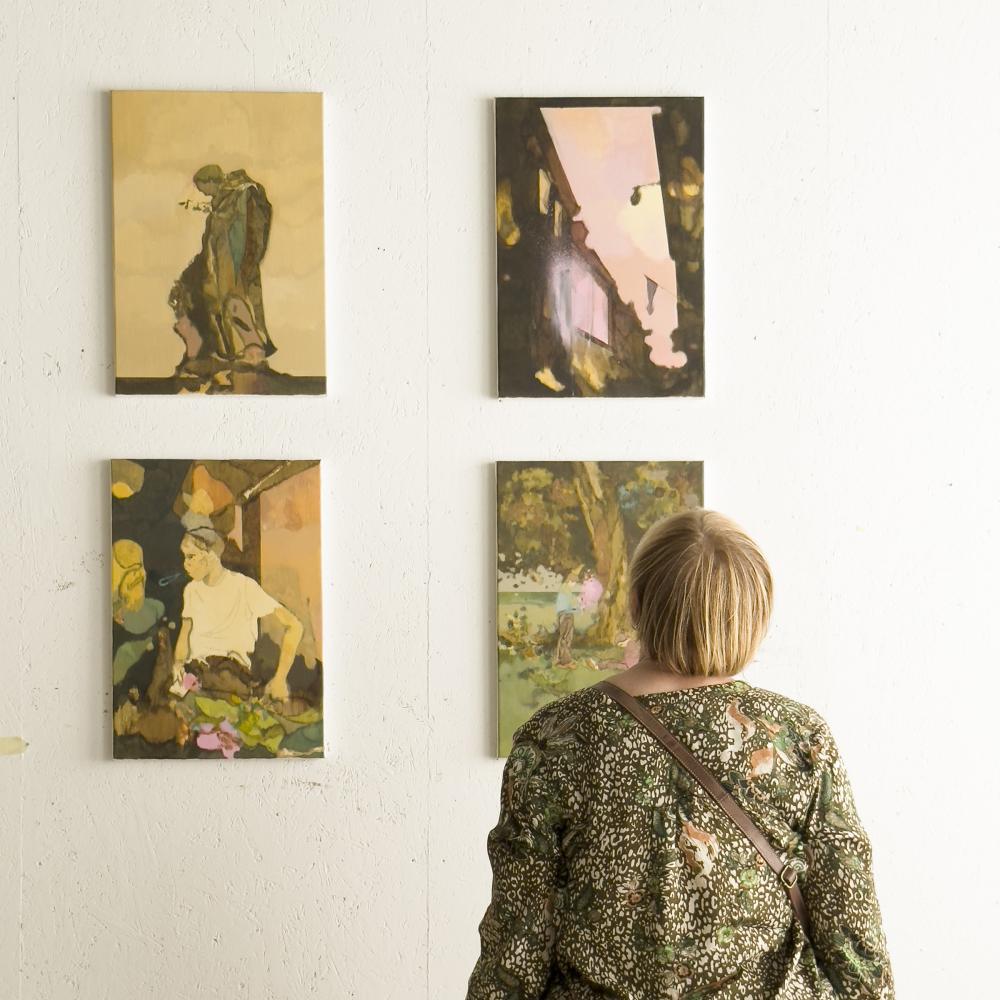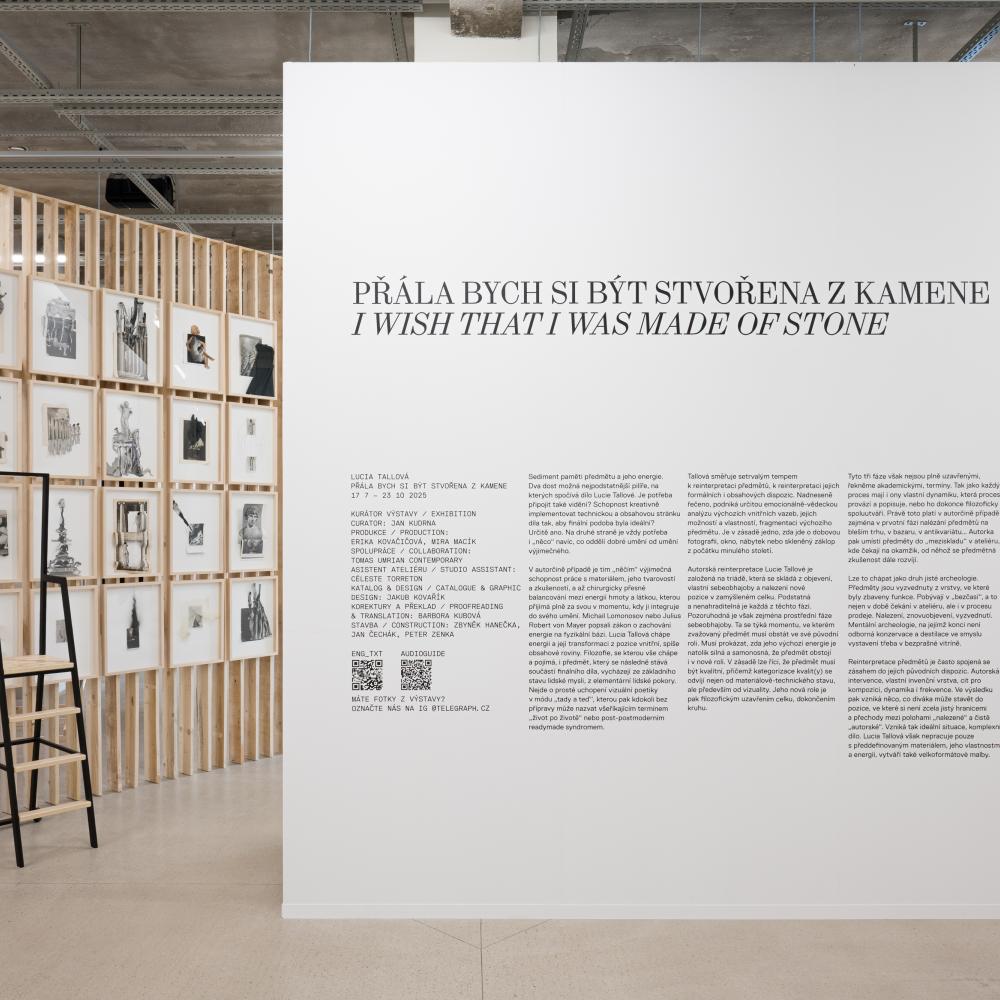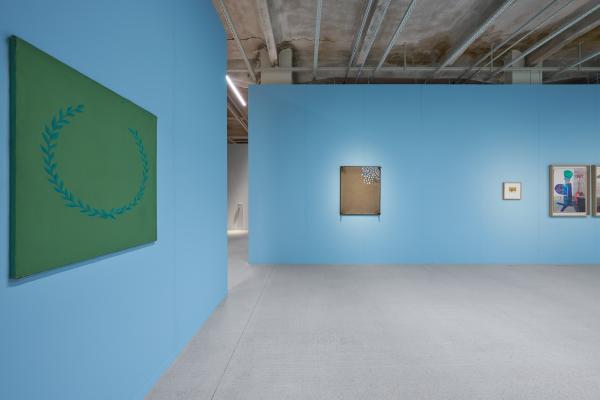
Jiří Kovanda (*1953) came to public attention mainly through his performance art, which he began to practice in the mid-1970s. His contacts with the Polish artistic milieu were significant for him, thanks to which he also became acquainted with Czech representatives of contemporary action art (e.g. Jan Mlčoch and Petr Štembera). His performative works are based on the mundane and depict an introverted individual who subtly emerges from the conformist zone in the environment of public space. In the 1980s, he also began to create paintings and became interested in material assemblage (often using waste material for these works). Although Kovanda was not a much-reflected artist during the previous regime in this country, his performances in particular made him famous on the international scene and his name was mentioned in several foreign art magazines. As a result, Jiří Kovanda is one of the most successful Czech living artists on the international art market. In 1995 he became an assistant in the studio of Vladimír Skrepl at the Academy of Fine Arts in Prague and since 2008 he has been the head of the Object - Space - Action studio at the Faculty of Art and Design at the Jan Evangelista Purkyně University in Ústí nad Labem.
Three works by this artist appear in the exhibition. The first, titled Lover, What About You (1987). The work strikingly evokes an envelope with a letter hiding in it, which is represented by a pink section. The pink colour and the placed symbol of a woman's chemise evoke the erotic and intimate atmosphere of the work, which is created in a very minimalist way, which is quite typical of Kovand's works from the 1980s.
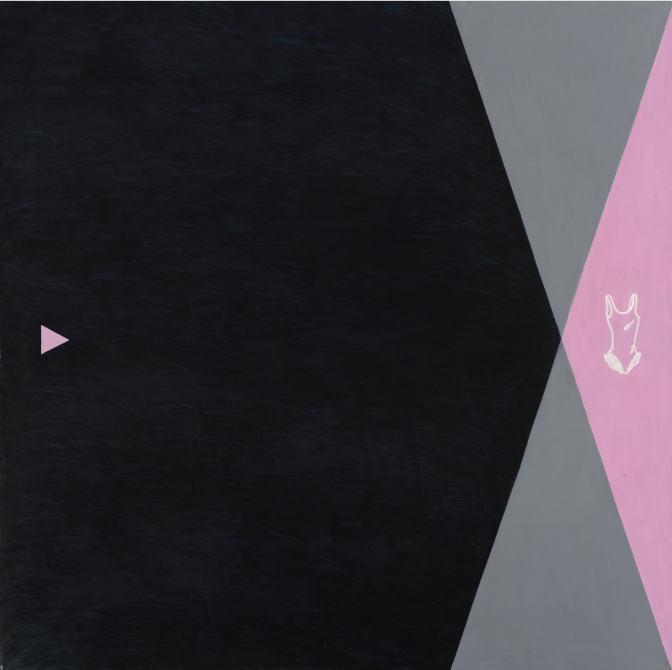
Another work in the exhibition is Spatial Terrace and Outside Fireplace (1990), a work consisting of a dominant monochrome grey surface into which is set a small painting of a photograph of a terrace with a fireplace. The grey area is created by irregular brushstrokes, giving the ground a 'worn' appearance. Light green squares are placed in the two opposite corners. The central element of the work is precisely the black-and-white photograph depicting the environment of the home - although in this context the terrace with the fireplace appears isolated, mainly due to the absence of figures or other personal objects. The absence is enhanced by the placement of the photograph on a "worn" surface. Kovanda works here with a kind of depersonalization of everyday life; the black and white photograph depicting the terrace with a fireplace evokes home, but it is suppressed by a kind of emptiness, which is enhanced by the use of a monochrome background.
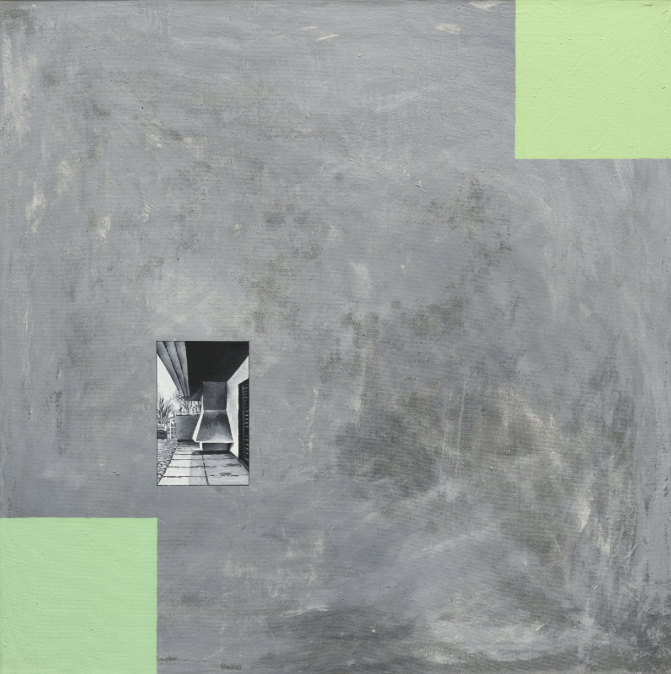
Kovanda's last work to be presented in the exhibition is Untitled (1986). As with his previous works, Kovanda's approach is minimalist. The colour palette is reduced to a brown surface, in which there are blue and white fragments in the upper right corner, strikingly reminiscent of flowers. In each of the four corners, there are bolts that evoke a kind of plate screwed into the public space. In the work, as in all the work presented in the exhibition, one can see a parallel between performative and conceptual work. This similarity can be found in the inconspicuous setting of the depicted in the public space, which in this case is represented by a brown surface. Kovanda worked similarly with his performances, which he presented in a non-violent way in public space.

